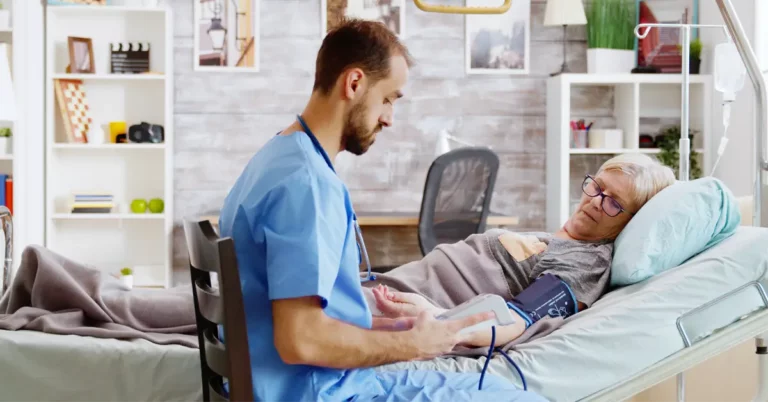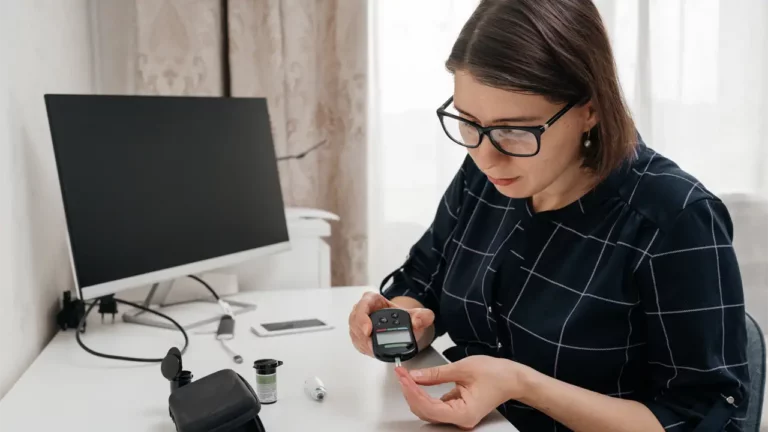Remote patient monitoring (RPM) has been a critical component of value-based initiatives such as hospital-at-home and in particular specializations such as palliative care and chronic disease management. Many provider institutions quickly scaled their RPM programs to screen patients of varied acuities during the COVID-19 pandemic.
Large-scale studies measuring the impact of RPM programs during the present health crisis have only lately surfaced. The findings of these studies could aid hospitals and health systems in their efforts to cut costs and enhance outcomes in the future.
RPM has been shown in several recent studies to reduce avoidable hospital readmissions and improve patients’ recovery from COVID-19.
Statistics Results on RPM for COVID-19
A study showed that RPM program reduced avoidable hospital readmissions and improved patients’ recovery from the infection. There were two care-delivery models in the program, each with various monitoring capacities to support variable levels of patient risk for serious illness. The primary goal of this study was to see if a multisite RPM program for managing acute COVID-19 disease was feasible and safe. According to the analysis of data from over 7,000 patients in 41 states, the two-tiered RPM program with nursing care was safe, effective, and yielded good results such as:
High levels of patient engagement
RPM digital engagement was 80% among low-intensity participants and 78% among high-intensity participants for at least one day. In low-intensity patients, compliance with care plan was 61.6%, whereas in high-intensity patients, it was 72.5%.
Low ED visits or hospitalization rates
11.4% of all patients had an ED visit, and 9.4% were admitted to a hospital within 30 days of enrollment (among patients diagnosed in the outpatient environment) or within 30 days of discharge (among patients diagnosed in the hospital setting). The average hospital duration of stay for low- and high-intensity monitored patients was 3.0 days and 6.4 days. Patients participating in the high-intensity RPM care model used the most acute care.
Low mortality rates for 30 days
The 30-day mortality rate was 0.4 %, with 27 deaths in total, all of whom were high-risk patients. In individuals who had low-intensity monitoring, the 30-day rate of COVID-19 complications was less than 1%. The most prevalent problems experienced by individuals in the high-intensity care model were a venous thromboembolic event in 3.2% of patients and acute kidney injury in 4.8%.
Takeaway
The findings of this study indicate that using Remote Patient Monitoring to treat an acute condition like COVID-19 is possible, safe, and associated with favorable clinical outcomes. Notably, this was observed among patients at high risk of serious illness. Such findings provide preliminary evidence in support of revisions to the Centers for Medicare & Medicaid Services physician fee schedule final rule announced in 2021 to expand coverage for RPM services to patients with acute conditions. Prior to the COVID19 pandemic, these were important impediments to telehealth and virtual care adoption, and the findings of this study may help inform other critical healthcare policy changes to sustain acceptance beyond it.
DrKumo Next-Generation Remote Patient Monitoring
DrKumo provides AI-driven RPM solution that collects, analyzes, and records physiologic and other patient-generated health data using state-of-the-art cloud-based application and easy-to-use medical devices. Early detection of patterns that could lead to unfavorable health occurrences is possible with the use of this technology, as well as the ability to deliver tailored feedback to patients and healthcare teams. DrKumo continuous real-time monitoring is used to engage patients as active participants in their care, with the goals of improving patient experience, fostering self-management, reducing healthcare resource utilization, lowering healthcare costs, and, ultimately, positively impacting clinical outcomes.








